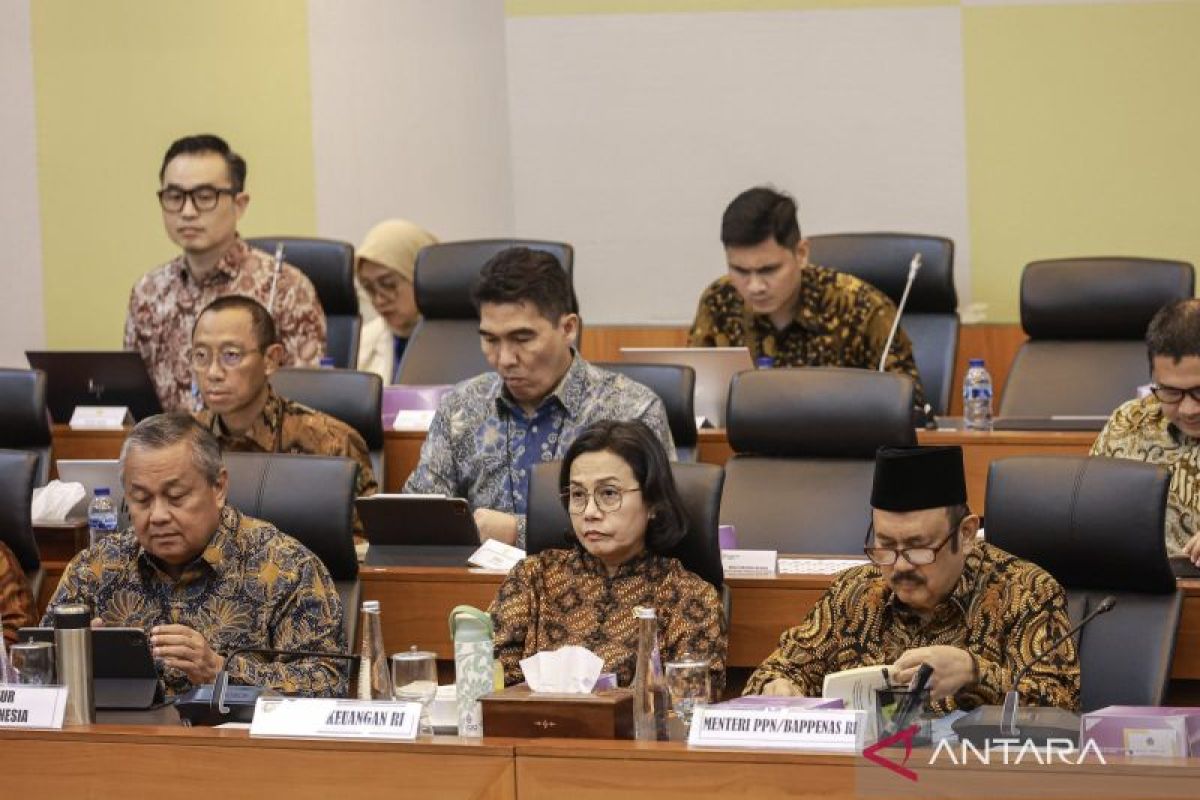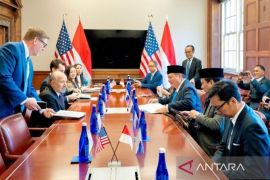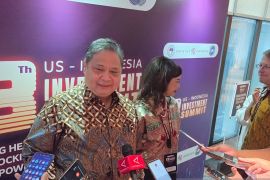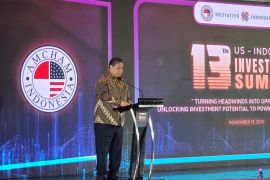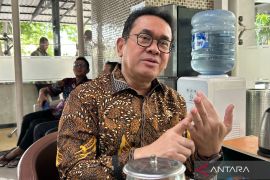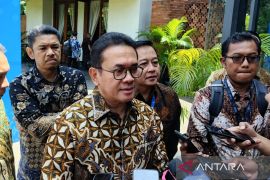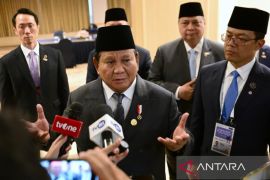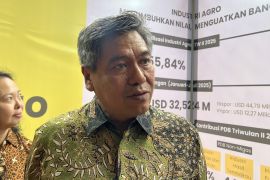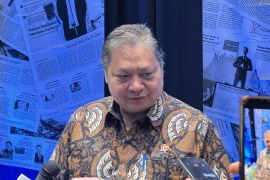"Yes, it has been taken into account. During our discussions — including those with the House of Representatives (DPR) — we certainly considered both global and domestic developments," said Febrio Kacaribu, the Finance Ministry’s Director General of Economic and Fiscal Policy.
He emphasized that the government continues to factor in a wide range of variables that could significantly impact the national economy.
On the topic of tariffs, Kacaribu noted that recent trade negotiations have had a positive impact on domestic manufacturing activity.
Indonesia's economic growth was previously projected to slow to around 4.7 percent, but the government is now optimistic that growth could rebound to above 5 percent in the second half of 2025.
Earlier, Coordinating Minister for Economic Affairs Airlangga Hartarto said the trade agreement with the United States followed high-level negotiations between President Prabowo Subianto and US President Donald Trump.
The agreement, he said, is binding and final — marking a significant milestone in Indonesia–US relations.
The macroeconomic assumptions for 2026, as agreed by the government and DPR, include:
- Economic growth: 5.2–5.8 percent
- Inflation rate: 1.5–3.5 percent
- Exchange rate: Rp16,500–16,900 per US dollar
- 10-year government bond (SBN) yield: 6.6–7.2 percent
- Indonesia Crude Price (ICP): US$60–80 per barrel
- Crude oil lifting: 605,000–620,000 barrels per day (bpd)
- Natural gas lifting: 953,000–1.017 million barrels of oil equivalent per day (boepd)
Related news: Reciprocal trade terms decided mutually: Hartarto on tariff talks
Related news: Indonesian minister explains US tariff deal to business sector
Translator: Imamatul, Kenzu
Editor: Anton Santoso
Copyright © ANTARA 2025
